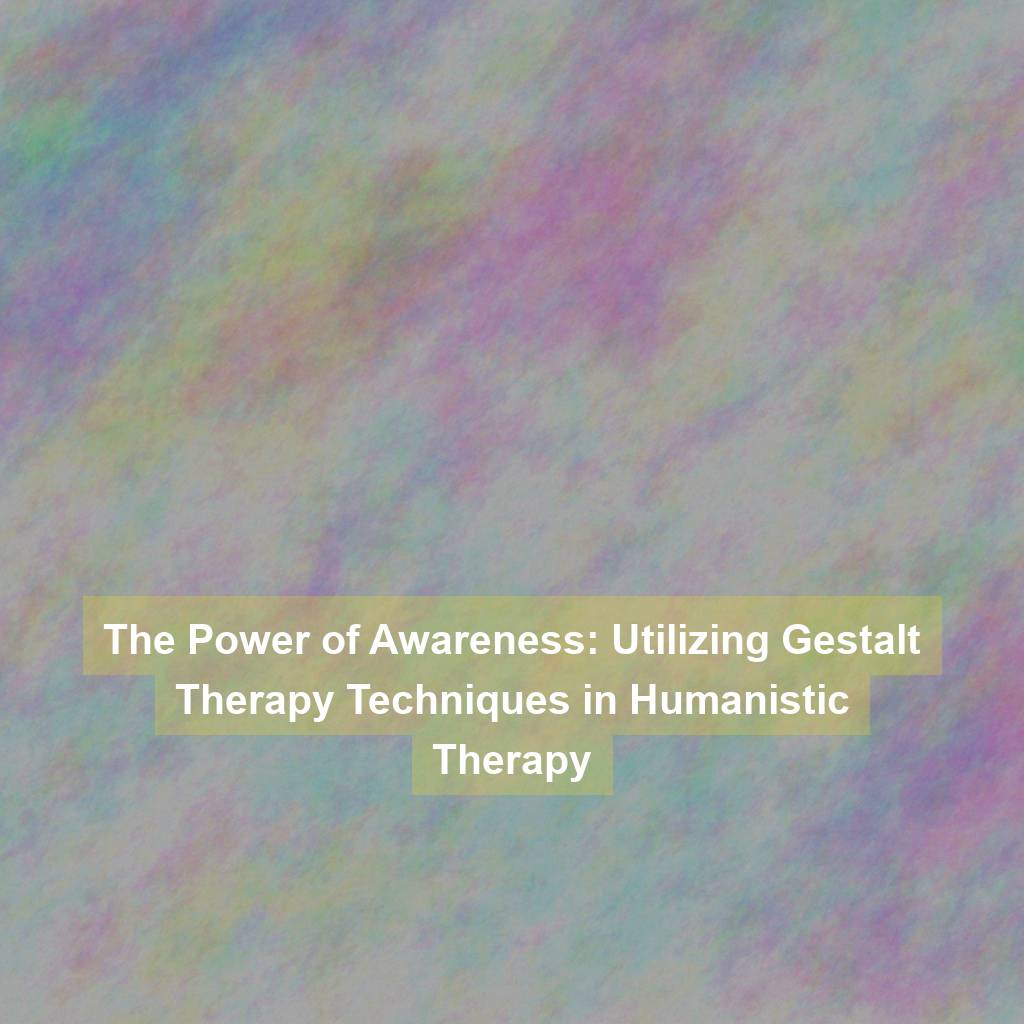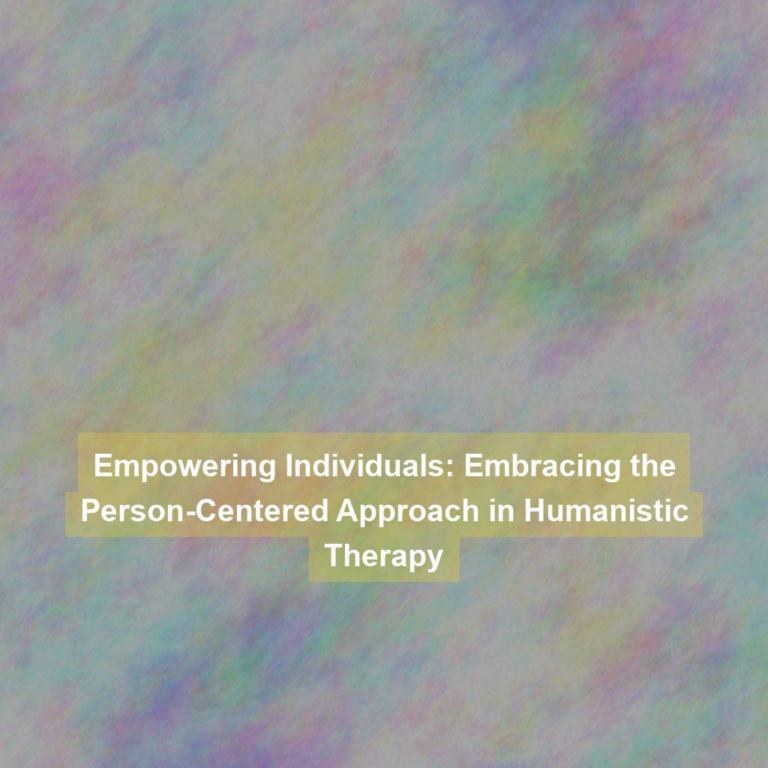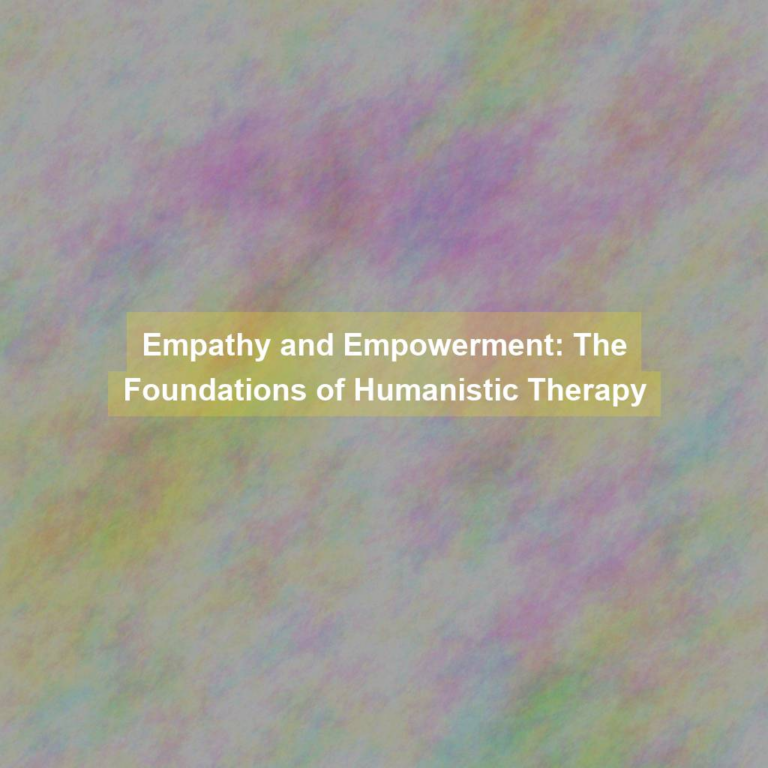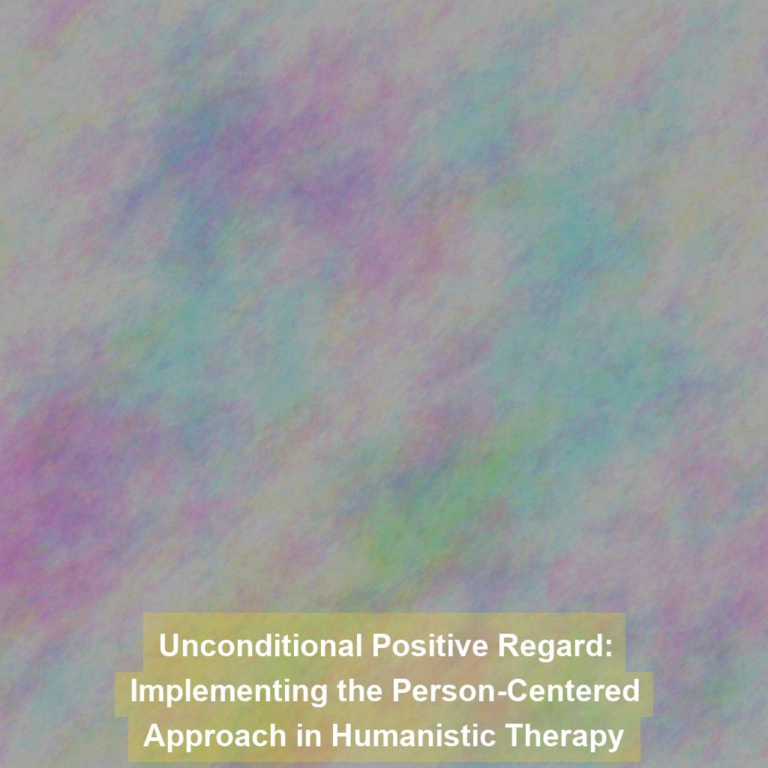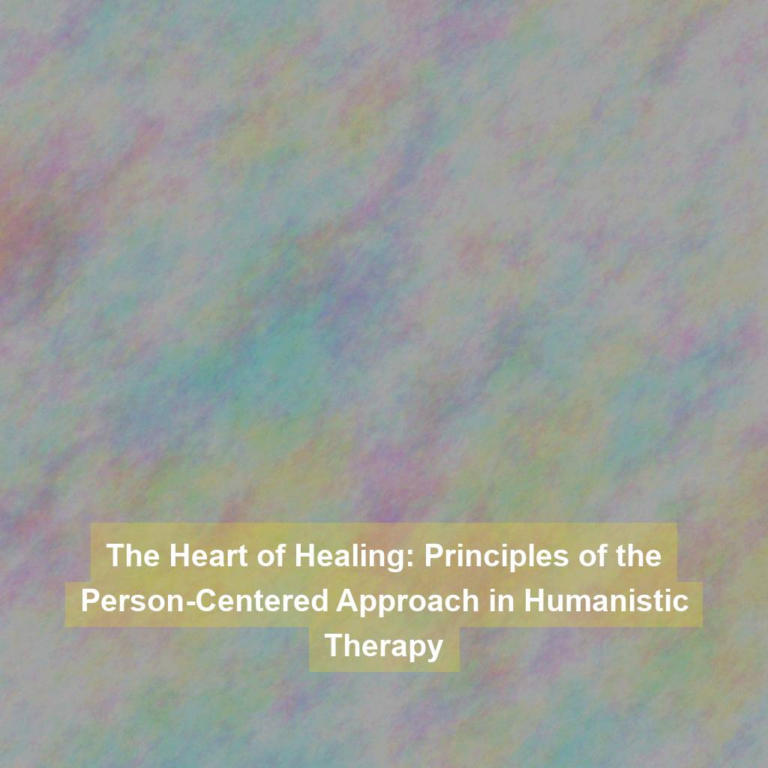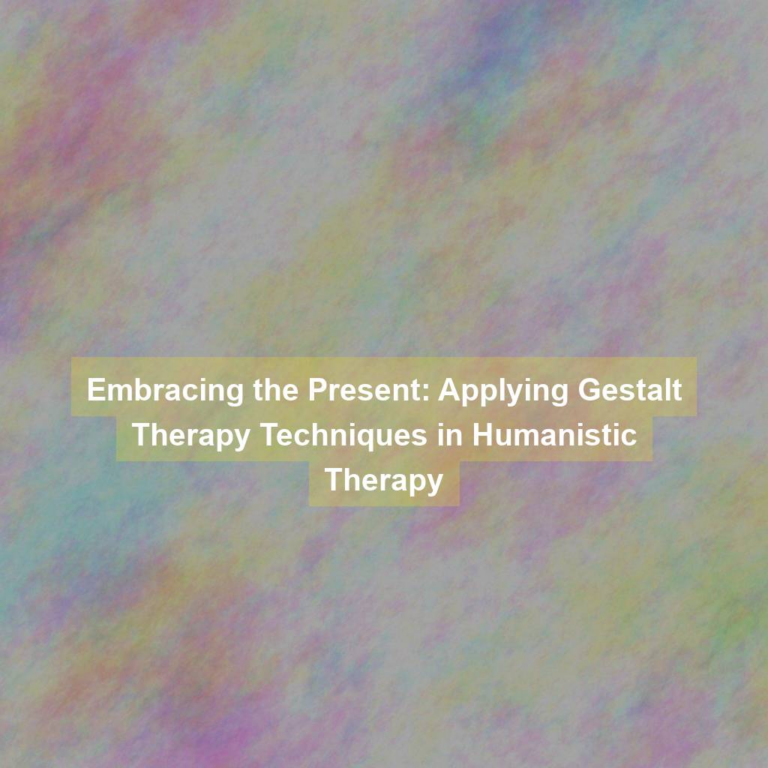Imagine a serene, sun-drenched meadow, where the gentle breeze carries the whispers of self-discovery. As you embark on a journey to explore the intersection of Gestalt therapy techniques and humanistic therapy, you’ll uncover the profound impact of heightened awareness on the therapeutic process.
By weaving together the principles of Gestalt therapy with the humanistic approach, a transformative landscape emerges, offering a rich tapestry of possibilities for both clients and therapists. This integration harnesses the power of present-moment awareness, fostering a deeper connection to the self and others.
The Foundation of Gestalt Therapy
The foundation of Gestalt therapy lies in the belief that individuals have the capacity for self-awareness and personal growth through their present experiences, emphasizing the importance of the here and now. This approach encourages individuals to focus on their current thoughts, feelings, and behaviors, rather than dwelling on the past or worrying about the future. By bringing attention to the present moment, Gestalt therapy aims to help individuals gain clarity and insight into their patterns of behavior and their ways of relating to others.
Through the lens of Gestalt therapy, you’re seen as a whole person, with the potential for growth and self-discovery. This therapy emphasizes personal responsibility and empowers you to take charge of your own life. The focus is on understanding how you perceive and interact with the world around you, and how this awareness can lead to personal transformation.
Gestalt therapy also places a strong emphasis on the therapeutic relationship, viewing it as a collaborative partnership between you and the therapist. This approach values authenticity, direct communication, and the exploration of the present moment within the therapy session. By engaging in this process, you can develop a deeper understanding of yourself and your experiences, ultimately leading to personal growth and well-being.
Key Techniques in Gestalt Therapy
As you explore the key techniques in Gestalt therapy, you’ll uncover powerful methods for gaining insight into your present experiences and fostering personal growth.
One key technique is the ’empty chair’ exercise, where you engage in a dialogue with an imagined or symbolic person sitting in an empty chair. This technique helps you explore unresolved feelings and conflicts, providing a tangible way to address and integrate different aspects of yourself.
Another important technique is the ‘awareness continuum,’ which encourages you to tune into your physical, emotional, and mental experiences in the present moment. This heightened awareness promotes self-understanding and can lead to transformative insights.
Additionally, the ‘exaggeration technique’ involves exaggerating gestures, expressions, or feelings to bring unconscious patterns to the surface, allowing for deeper exploration and understanding.
The ‘stay with the feeling’ technique encourages you to fully experience and express your emotions, promoting emotional integration and growth.
These key techniques in Gestalt therapy are designed to help you engage more fully with your present experiences, leading to greater self-awareness and personal development.
Integrating Gestalt Principles in Humanistic Therapy
To enhance your humanistic therapy practice, consider integrating Gestalt principles to promote holistic self-awareness and personal growth. By incorporating Gestalt principles into your therapy sessions, you can create a more experiential and holistic approach to helping your clients.
One key principle to integrate is the emphasis on the present moment. Encourage your clients to focus on their current thoughts, feelings, and sensations, as this can promote greater self-awareness and insight into their experiences.
Another important Gestalt principle is the concept of ‘unfinished business,’ which involves exploring unresolved issues from the past that may be impacting the present. By helping your clients address these unresolved issues, you can support them in achieving a greater sense of wholeness and integration.
Additionally, integrating techniques such as empty chair work and the use of experiments can provide powerful ways for clients to gain insight and promote personal growth. By incorporating these Gestalt principles into your humanistic therapy approach, you can create a more dynamic and effective therapeutic experience for your clients.
Enhancing Self-Awareness Through Gestalt Therapy
Consider integrating Gestalt therapy techniques to deepen your clients’ self-awareness and promote personal growth within your humanistic therapy practice. Gestalt therapy emphasizes the present moment and the awareness of one’s thoughts, feelings, and behaviors. By incorporating Gestalt principles into your practice, you can help your clients become more attuned to their internal experiences and understand the interconnectedness of their thoughts, emotions, and actions.
One effective technique for enhancing self-awareness is the ’empty chair’ exercise. This technique encourages clients to engage in a dialogue with different aspects of themselves or significant others, allowing them to gain insight into their internal conflicts and unresolved emotions.
Similarly, the ‘awareness continuum’ technique can help clients explore the various levels of awareness they experience in different situations, leading to a deeper understanding of their thought patterns and emotional responses.
Furthermore, using the ‘exaggeration’ technique can help clients become more aware of their nonverbal behaviors and bodily sensations, enabling them to recognize how their internal experiences manifest in physical form. By incorporating these Gestalt therapy techniques, you can empower your clients to cultivate a heightened sense of self-awareness, leading to personal growth and improved overall well-being.
Case Studies: Application of Gestalt Techniques
Incorporate real-life examples to illustrate the effective application of Gestalt techniques in therapy sessions.
One case study involves a client who struggled with feelings of emptiness and disconnection. Through the use of the ’empty chair’ technique in Gestalt therapy, the client was able to express suppressed emotions and confront unresolved issues with a significant other. This led to a profound sense of relief and a newfound ability to confront difficult emotions.
Another case study showcases the application of the ‘exaggeration technique’ with a client experiencing chronic anxiety. By exaggerating and amplifying their anxious gestures and body movements, the client became more aware of their physical sensations and learned to regulate their anxiety through breathing and grounding exercises.
These examples demonstrate how Gestalt techniques, when applied in therapy sessions, can effectively help clients explore and process their emotions, leading to increased self-awareness and personal growth. The tangible results of these case studies emphasize the potency of Gestalt techniques in facilitating meaningful therapeutic outcomes.
Conclusion
In conclusion, the power of awareness and self-discovery through Gestalt therapy techniques can greatly enhance the humanistic therapy process. By integrating key techniques and principles of Gestalt therapy, individuals can gain a deeper understanding of themselves and their experiences.
Through increased self-awareness and exploration, clients can develop a stronger sense of empowerment and personal growth. The application of Gestalt techniques in humanistic therapy offers a powerful approach to promoting holistic well-being and emotional healing.

